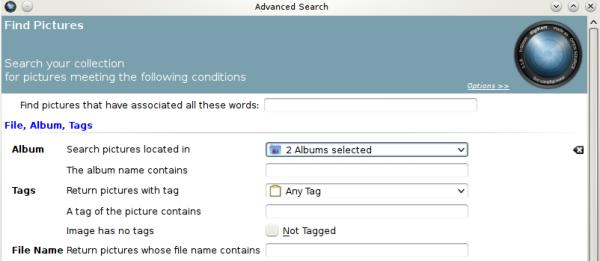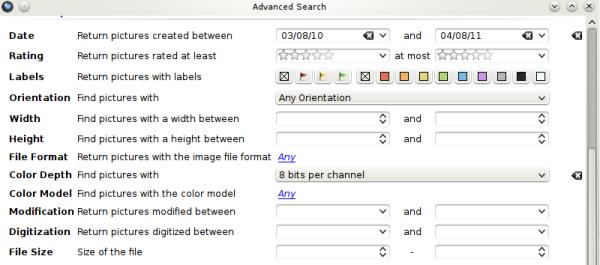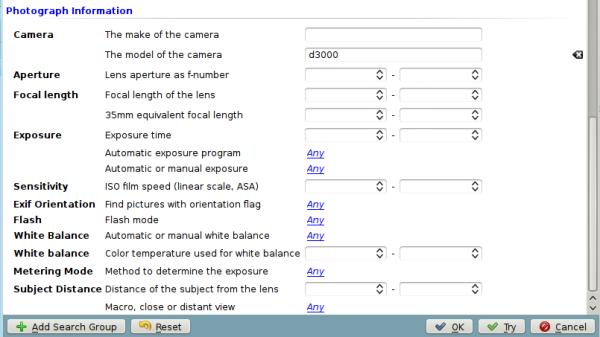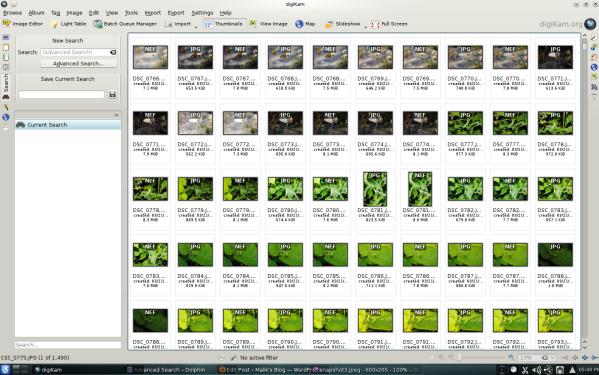Digikam/Using the Advanced Search Tool In digiKam/it: Difference between revisions
Importing a new version from external source |
Importing a new version from external source |
||
| Line 1: | Line 1: | ||
<languages /> | <languages /> | ||
== | == Utilizzare lo strumento Ricerca avanzata in digiKam == | ||
Trascritto dal blog di Mohammed Malik, 8 aprile 2011 | |||
As the number of images in your database increases, you will need to spend more time trying to find those images. There are even occasions when we might need to spend a lot of time searching for them, however '''digiKam''' has a very powerful search tool that can help you find images fast and effectively. | As the number of images in your database increases, you will need to spend more time trying to find those images. There are even occasions when we might need to spend a lot of time searching for them, however '''digiKam''' has a very powerful search tool that can help you find images fast and effectively. | ||
Revision as of 13:37, 12 June 2011
Utilizzare lo strumento Ricerca avanzata in digiKam
Trascritto dal blog di Mohammed Malik, 8 aprile 2011
As the number of images in your database increases, you will need to spend more time trying to find those images. There are even occasions when we might need to spend a lot of time searching for them, however digiKam has a very powerful search tool that can help you find images fast and effectively.
In the main window go to and select .
From here click .
It will show your options for finding pictures:
- Meet all of the following conditions
- Meet any of the following conditions
- None of the conditions are met
- At least one of these conditions is not met

And now you can define your conditions:
Select the albums you want to search or either select any album and any tag.

Choose the picture properties.
Here you can set
- a range for the .. for example between April 2010 – April 2011.
- The , etc….see capture below

And then you can even deepen your search more by choosing various data that might be used in your meta-data like and the of the camera, , etc.

When you are done press and it will display the search results.

